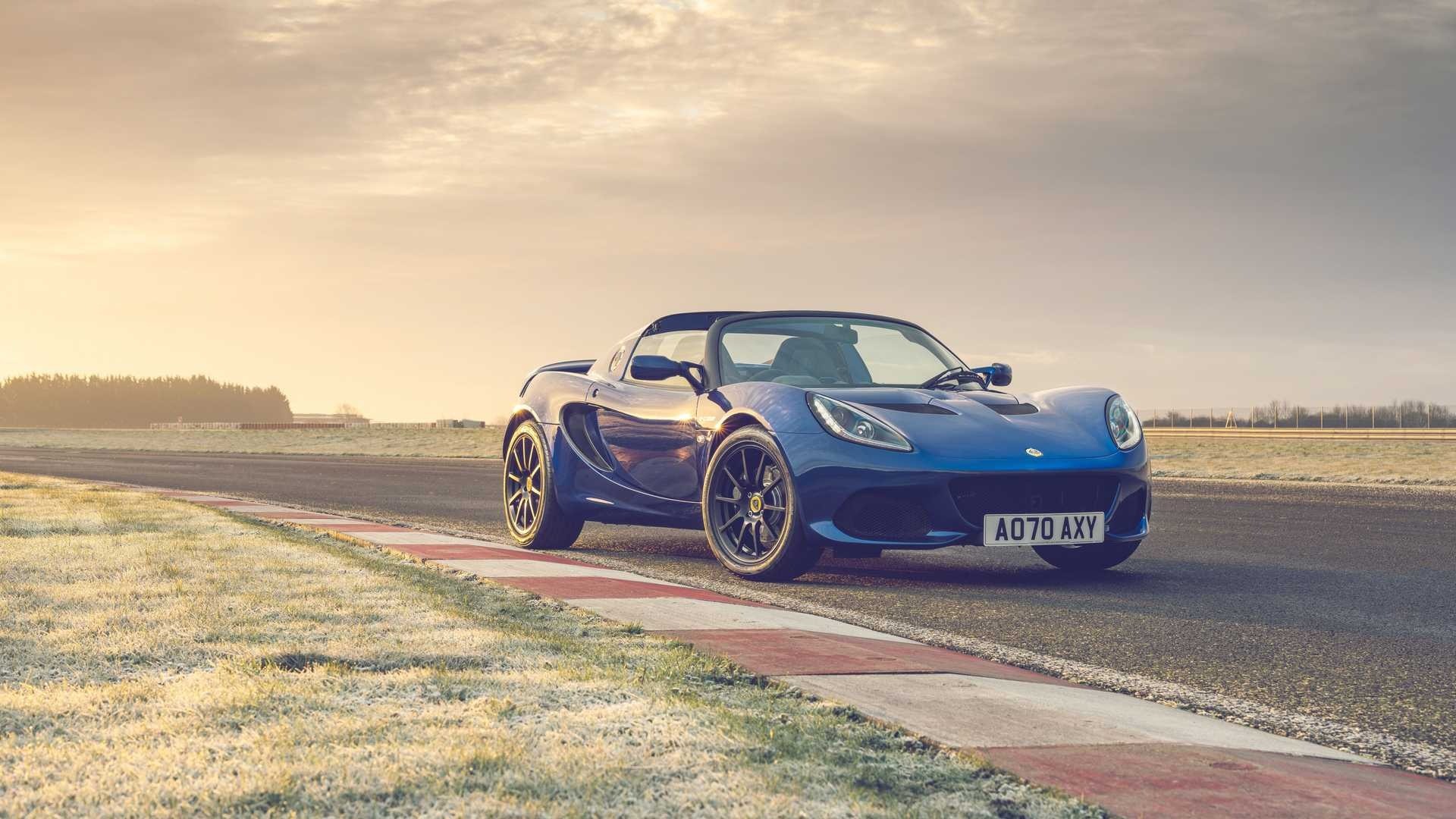Lotus Elise And Exige Final Edition Bid Farewell To The Sports Car Duo
Lotus knows how to play the special edition game probably better than anyone else in the automotive industry...

Lotus Elise And Exige Final Edition Bid Farewell To The Sports Car Duo
Lotus knows how to play the special edition game probably better than anyone else in the automotive industry, even better than Bugatti with its endless special Veyron and Chiron models. With the Elise and Exige on their way out, it comes as no surprise the two lightweight sports cars are getting a run-out Final Edition.
Aside from representing the last hurrah, the Elise Final Edition and Exige Final Edition bring the “most extensive list of interior and exterior features ever.” In other words, these are the best-equipped versions of the British performance two-seaters since the original Elise came out in 1996 before being joined by the Exige four years later.
They’re being offered with a choice of some “iconic color schemes” that harken back to the ol’ days, such as the Azure Blue used a quarter of a century ago when Lotus released the first images with the production Elise. There’s also Racing Green as a nod to the showcar exhibited in 1995 at the Frankfurt Motor Show, while Black is a throwback to the Autobytel Lotus Elise Championship race series.
Replacing the Elise Sport 220, the new Elise Sport 240 Final Edition packs an extra 23 horsepower for a total of 240 hp generated by the supercharged 1.8-liter engine. It delivers 244 Newton-meters (180 pound-feet) of torque and needs just 4.1 seconds to hit 60 mph (96 km/h) from a standstill. Its shiny new 10-spoke anthracite wheels are half a kilogram lighter than those of its predecessor as part of a greater diet that can include some optional carbon fiber panels.
Step up to the Elise Cup 250 Final Edition and you’ll get a series of aerodynamic tweaks along with a lot of standard goodies, including Bilstein sport dampers and adjustable anti-roll bars. This one too can be had with optional carbon fiber options, reducing the weight to as low as 931 kilograms (2,052 pounds) before adding fuel.
As far as the hardcore Exige is concerned, the lineup consists of Sport 390, Sport 420, and Cup 430 models – all of which have newly available equipment, wheel designs, paint choices, and body decals. In addition, all Final Edition cars have a build plaque to signal they’re the end of the road for the old Lotus. The trio shares a familiar supercharged 3.5-liter V6 engine of Toyota origins.
The Exige Sport 390 is a replacement for the previous 350 model and the name change implies more power – 47 hp for a grand total of 397 hp. It now completes the sprint in 3.7 seconds and maxes out at 172 mph (277 km/h) in a car that tips the scales at only 1,138 kg (2,508 lbs).
The Exige Sport 420 supersedes the Sport 410 and brings an additional 10 hp into the equation to create the fastest Exige to date. 0 to 60 takes 3.3 seconds en route to 180 mph (290 km/h) in a 420-horsepower sports car that weighs just 1,110 kg (2,447 lbs). The list of standard equipment includes everything from adjustable front and rear Eibach anti-roll bars to AP Racing brakes with forged, four-piston calipers.
The Exige Cup 430 Final Edition is the hottest of them all, packing 430 hp for a 3.2-second sprint and a 174-mph top speed. It weighs a mere 1,110 kg (2,447 lbs) thanks to several carbon fiber body panels and ultra-lightweight wheels measuring 17 inches at the front and 18 inches for the rear axle.
As for the Evora, Lotus says it’s also getting a special edition to mark the model’s demise later this year when it will bow out together with the Elise and Exige after a combined production run of approximately 55,000 cars.